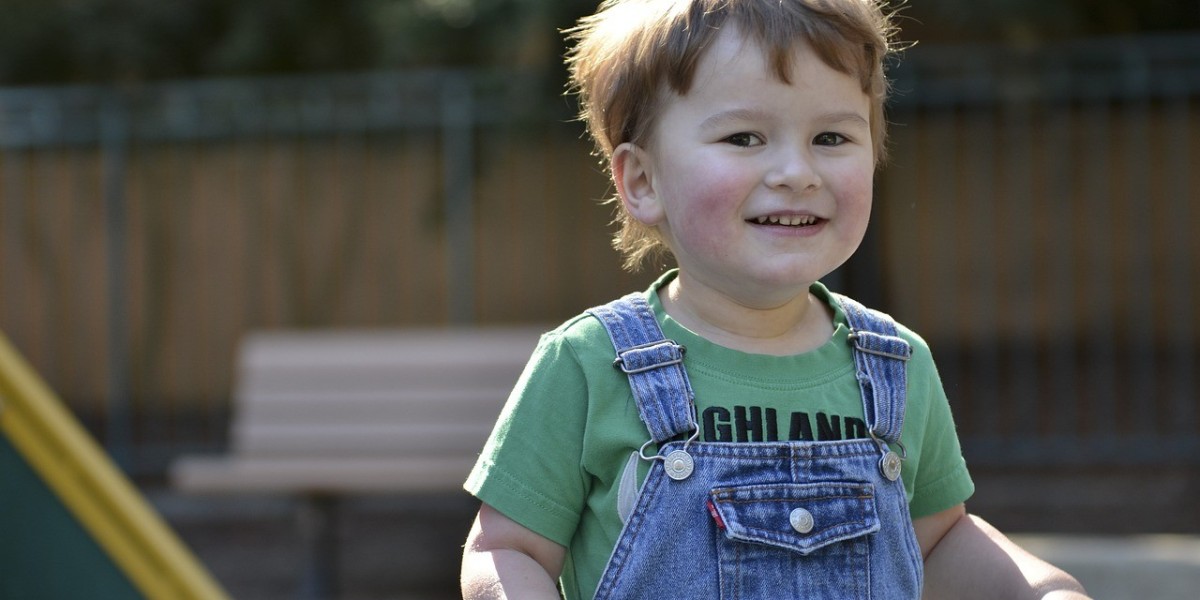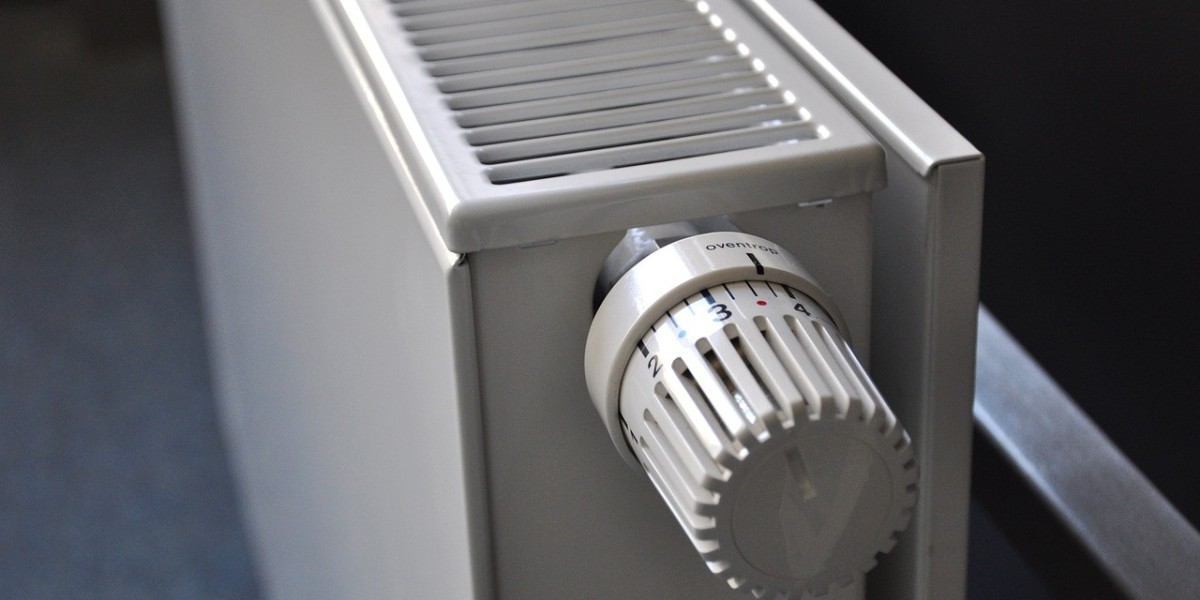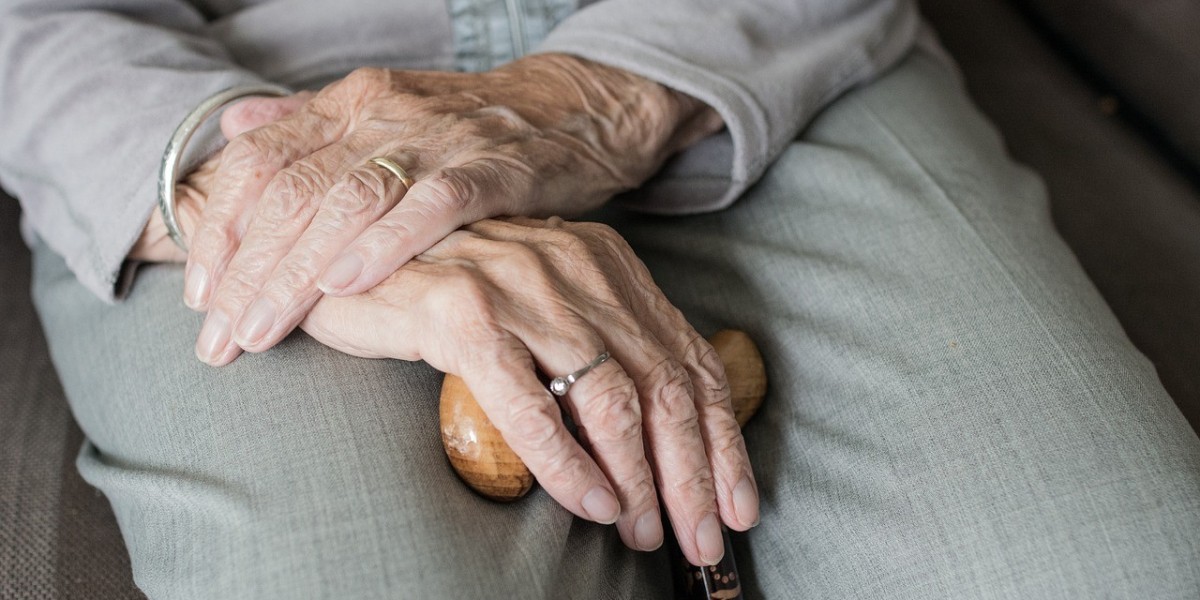When caring for a loved one with dementia, one of the biggest fears many families face is the possibility of them going missing. Dementia can cause confusion, disorientation, and memory loss, leading some individuals to wander away from home—sometimes without knowing how to get back.
This is where the Herbert Protocol comes in. Designed to help the police respond quickly and effectively when a person with dementia goes missing, it’s a simple but life-saving initiative that can reunite families faster and provide peace of mind for caregivers.
What is the Herbert Protocol?
The Herbert Protocol is a pre-emptive safeguarding tool designed to help the police locate a missing person with dementia as quickly as possible. It involves filling out a simple form with key information about the person, which can be given to the police immediately if they go missing, rather than having to search for details in a moment of panic.
The protocol is named after George Herbert, a World War II veteran with dementia who sadly went missing and was found too late. His story highlighted the urgent need for a system to help police, families, and caregivers work together in these distressing situations.
What Information is Included in the Herbert Protocol?
The form includes essential details that can help emergency services locate a missing person more quickly, such as:
Personal details – Name, age, physical description, and a recent photograph.
Health information – Type of dementia, any other medical conditions, and medications taken.
Previous addresses & known locations – Places they might instinctively go if confused.
Emergency contacts – Family members, carers, or friends who should be notified.
Triggers and behaviours – What may cause distress, how they respond to strangers, and any previous history of wandering.
Transport use – Do they have a bus pass? Do they tend to use taxis or public transport?
This vital information helps police act quickly, rather than spending precious time gathering details when every moment counts.
How Does the Herbert Protocol Work?
1. Fill out the Herbert Protocol form in advance and keep it up to date with any new information.
2. Store the form somewhere accessible—either as a printed copy at home or digitally on a phone or computer.
3. If your loved one goes missing, pass the form straight to the police to help them begin their search immediately.
Having this information ready can save crucial time, increasing the chances of finding your loved one quickly and safely.
Why is the Herbert Protocol So Important?
Rapid Response – When a loved one goes missing, time is critical. The faster police receive relevant information, the quicker they can act.
Peace of Mind for Families – Knowing that the Herbert Protocol is in place offers reassurance that if the worst happens, help will be immediate.
Increased Safety for Vulnerable People – Dementia-related wandering can be dangerous, especially in cold weather, near water, or in busy traffic areas. The protocol helps emergency services find missing individuals before they come to harm.
How Can You Get Started?
The Herbert Protocol form is available through your local police force’s website or local council. Some care homes and dementia services also provide access to it.
1. Fill it out as soon as possible—don’t wait until wandering becomes a problem.
2. Let family members, carers, and local services know that the form exists and where it is stored.
You Are Not Alone – Join We Talk Care
Caring for a loved one with dementia can feel overwhelming, but support is available. At We Talk Care, we provide a compassionate, understanding community where caregivers, family members, and friends can share experiences, ask questions, and find comfort in knowing that they are not alone on this journey.
Join We Talk Care today and connect with others who understand. Together, we can support each other through the challenges of caregiving and ensure the safety of our loved ones.







